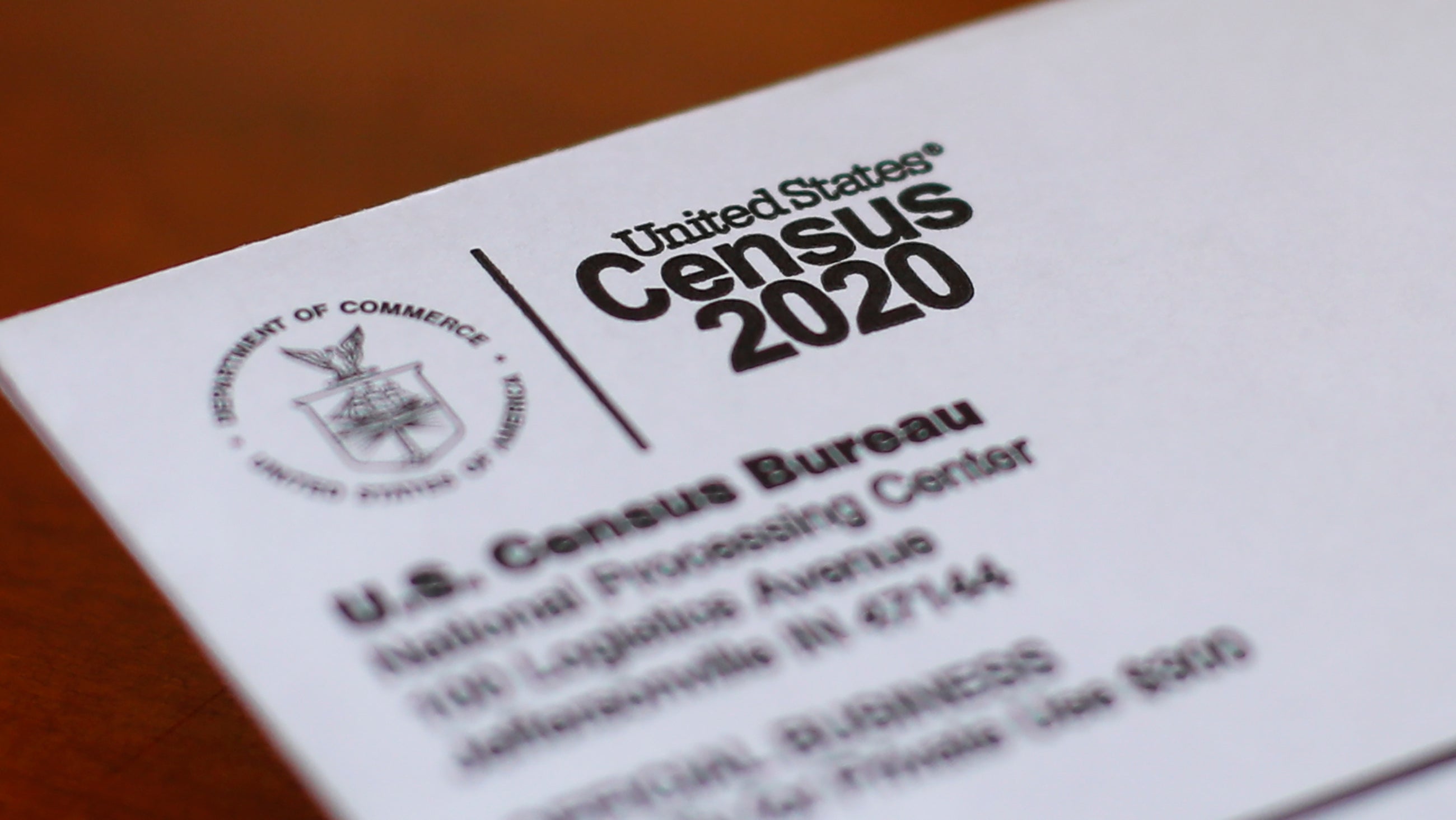Census says deadline can be reached with tech, nonstop work
U.S. Census Bureau officials say new technology and working around the clock should allow the statistical agency to crunch numbers from the 2020 census in half the time originally allotted

Your support helps us to tell the story
From reproductive rights to climate change to Big Tech, The Independent is on the ground when the story is developing. Whether it's investigating the financials of Elon Musk's pro-Trump PAC or producing our latest documentary, 'The A Word', which shines a light on the American women fighting for reproductive rights, we know how important it is to parse out the facts from the messaging.
At such a critical moment in US history, we need reporters on the ground. Your donation allows us to keep sending journalists to speak to both sides of the story.
The Independent is trusted by Americans across the entire political spectrum. And unlike many other quality news outlets, we choose not to lock Americans out of our reporting and analysis with paywalls. We believe quality journalism should be available to everyone, paid for by those who can afford it.
Your support makes all the difference.Technology and working around the clock should allow the U.S. Census Bureau to crunch numbers from the 2020 census in half the time originally allotted, but if the work isn't completed by a year-end deadline, the statistical agency will take the extra time needed to finish it, bureau officials said Wednesday.
“Our plan right now is if we need more time to fix a problem that comes up, we are taking it," Al Fontenot, an associate director for decennial census programs, said during a news conference by telephone. “We are maintaining flexibility to get the job done in a quality way."
Advocacy groups are concerned that the Census Bureau is rushing the data-processing phase of the once-a-decade census in order to meet a Dec. 31 deadline for turning in numbers used for divvying up congressional seats by states — a process known as apportionment. The census also determines the distribution of $1.5 trillion in federal spending each year.
“The bureau urgently needs more time to process the data," said Vanita Gupta, president and CEO of The Leadership Conference on Civil and Human Rights.
Bureau statisticians only started crunching the numbers last week after the Supreme Court ruled the Trump administration could stop the head count of every U.S. resident, leaving them only two and a half months to process apportionment data collected from the nation's households.
The Census Bureau originally planned to have five months for processing the apportionment data under a plan that was developed in response to the pandemic. Under that plan, field operations would have been extended through Oct. 31, and data processing of the apportionment numbers would have continued through April 2021.
But the Commerce Department, which oversees the Census Bureau, decided to end the count early so that data processing would be finished by Dec. 31. That came after requests to extend the deadlines passed the Democratic-controlled House but didn't go anywhere in the GOP-controlled House.
Sticking to a Dec, 31 deadline would allow the Trump administration to control the data processing of the apportionment numbers no matter who wins the presidential election next month. That would give the Commerce Department the opportunity to implement an order from President Donald Trump attempting to exclude people in the country illegally from the apportionment count, according to civil rights groups and local government sued the Trump administration over the census timetable.
A panel of three judges in New York said the order was unlawful, but the Trump administration has appealed to the Supreme Court.
Civil rights groups and local governments are still holding out hope that the deadline for the apportionment numbers gets extended, either through ongoing lawsuits or by Congress.
The only step that would be eliminated to meet the year-end deadline is one that double-checked a nationwide file of addresses, Fontenot said.
To meet the Dec. 31 deadline, the Census Bureau will process the apportionment numbers first and worry about numbers used for drawing legislative districts until after the new year. Census Bureau employees will work 24 hours a day, 7 days a week, and the bureau is using computers that work faster than a decade ago, Fontenot said.
Advocacy groups have real doubts about the quality of the data collected. But Tim Olson, the bureau's associate director for field operations, on Wednesday said early indicators suggest “a very good census," despite the pandemic, Gulf Coast hurricanes and western wildfires.
“This has been the greatest challenge that all of us who manage the census have ever encountered in our lives," Olson said.
___
Follow Mike Schneider on Twitter at https://twitter.com/MikeSchneiderAP